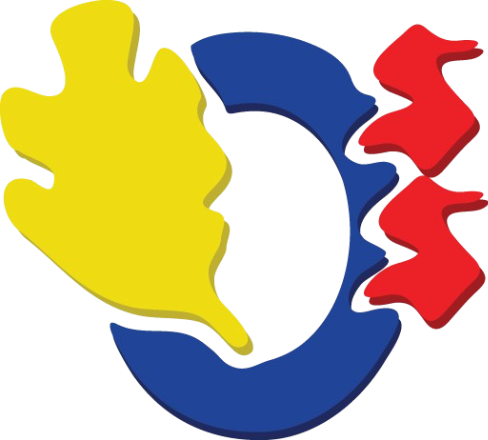Wave Phenomena
Rays
- Rays: imaginary lines that show the direction of energy transfer in the wave as well as the direction of propagation
- Plane wave: all the rays are parallel to each other
- Spherical Wave: the rays are along radial directions, and are divergent
Wavefronts
Wavefronts: imaginary surfaces that connect points on a wave that are in phase.
- Wavefronts are always perpendicular to rays
- In a single medium, the distance between one wavefront and the next is constant (and equals the wavelength)
- Reflection does not change the wavelength of a wave
- Wavefronts do not pass through a mirror
Drawing Wavefronts on a Ray Diagram:
Reflection, Refraction, and Diffraction
- When a wave encounters a boundary between two different media and bounces back
- Waves follow the law of reflection, which states that the angle of reflection is equal to the angle of incidence
Reflection:
- The change in direction of a wave when it moves from one material to another at an angle, due to the difference in velocity of the waves in the two materials
- A decrease in wave speed means a decrease in wavelength, and an increase in wave speed means an increase in wavelength
- The angle of refraction depends on the angle of incidence and the difference in speed between the two media
Refraction:

- The process of waves spreading when they arrive at a barrier with an opening, or at an obstacle of some limited width
- If the wavelength is smaller than the gap, then there is less spreading and less diffraction
- If the wavelength is similar to the size of the gap, then there is more spreading and more diffraction
Diffraction:
Dispersion and Transmission
- Dispersion: the spreading of white light into its full spectrum of wavelengths when passed through a prism
- Transmission: the process by which waves move through a boundary into a different medium, and continue travelling in the new medium
Refractive Index (n)
- A measure of how much a medium can slow down light waves
- It is the ratio of the speed of light in a vacuum to the speed of light in the medium: n = c/v
- The greater the refractive index of a medium, the more it slows down light, and the more the light is bent
- Snell's Law: n2/n1 = sin(θ1)/sin(θ2) = v1/v2
Total Internal Reflection
Critical Angle: the angle of incidence at which light is refracted along the boundary between a medium with a greater refractive index and a medium with a smaller refractive index.
Total Internal Reflection: when the angle of incidence is greater than the critical angle at the boundary between a medium with a greater refractive index and a medium with a smaller refractive index, light is completely reflected back into the medium with the greater refractive index.
- The light must be passing from a medium with a higher refractive index into a medium with a lower refractive index
- The angle of incidence must be greater than the critical angle
Conditions for Total Internal Reflection:
Interference
- Superposition of Waves: when waves meet, their displacements add together at every point in space to produce a combined wave with a resultant displacement
- Constructive Interference: when waves meet in phase (crests meet crests and troughs meet troughs), resulting in a wave with increased amplitude
- Destructive Interference: when waves meet out of phase (crests meet troughs), resulting in a wave with decreased amplitude (if the amplitudes are different) or zero amplitude (if the amplitudes are the same)
- Path Difference: the difference in distance to a point travelled by one wave compared to another wave, which is measured in terms of wavelength
- Constructive Interference: path difference = nλ
- Destructive Interference: path difference = (n + ½)λ
Double-Source Interference

- When two sources produce waves that interfere
- To get the clearest interference pattern, the waves from the two sources need to be coherent (i.e. have the same wavelength/frequency and have a constant phase difference)
- For sound waves, constructive interference means the sound gets louder (greater amplitude), and destructive interference means the sound gets quieter (smaller amplitude)
Young's Double-Slit Experiment
- A monochromatic coherent light source (such as a laser) emits light waves towards a screen with two narrow slits
- When the light waves pass through these slits, they act as two coherent light sources
- The light waves then interfere, creating an interference pattern on the optical screen
- The interference pattern consists of alternating dark and light fringes (bands), where the light fringes (maxima) are due to light waves interfering constructively, and the dark fringes (minima) are due to light waves interfering destructively
Experiment Description:

 Physics
Physics